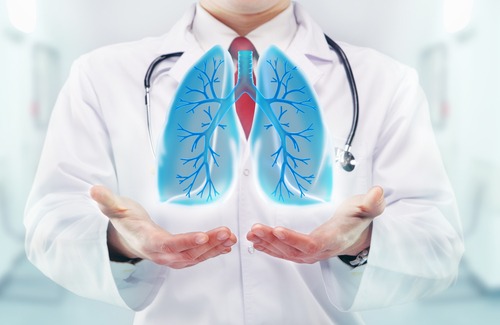
In November, World Chronic Obstructive Pulmonary Disease (COPD) Day is commemorated, a condition that, according to data from the World Health Organization (WHO), causes the death of one person every 10 seconds.
Fortunately, science continues to evolve for the benefit of patients. This is the case of the first results that have shown the use of a novel pulmonary valve designed to help patients with COPD or advanced emphysema, to breathe more easily.
The procedure offered by the Cleveland Clinic, located in Weston Florida, consists of placing endobronchial valves in the lungs of patients. “Offering this advanced treatment for the lungs is significantly improving the overall quality of life for our patients,” said Rodolfo Blandon, M.D., President of the company.
Development of the novel treatment is performed during a bronchoscopy, a procedure that allows a doctor to examine the inside of the lungs, including the bronchi, which are the main airways to the lungs.
Depending on the severity of the case, an average of one to four tiny valves is placed in the airways to block the diseased parts of the lungs. The valves reduce hyperinflation, by preventing air from being trapped in the affected area of the lung and by allowing the healthier parts of the organ to absorb more air, raising the pressure of the diaphragm.
Cutting-edge medical advance
In this regard, Dr. Sajve Aleyas, a pulmonary medicine specialist at the company, indicated: “When a patient receives this type of treatment, there is generally isolated damage to the upper lobes of the lung, and they are empty, damaged and healed. Instead of going to repair the damaged part of the lung, which is an invasive procedure and can be risky, we place a valve in the airway of the damaged lung, causing the organ to collapse. Once that part of the lung collapses, it allows the healthy part of the lung to take over space, and the patient will have much more efficient breathing.”
COPD refers to a group of lung diseases that include chronic bronchitis and emphysema, a lung disease that develops after years of smoking or due to an inherited disorder called alpha-1 antitrypsin deficiency (AAT).

